
How To Tune The Guitar
Let me show you a number of different ways to tune the guitar.
Guitar Essentials
Lesson Info
Difficulty: Beginner
Lesson Length: 9:23
Instructor: George Goodman
Concepts
* Standard tuning
* Relate strings on guitar to notes on a piano
* Tuning to the piano
* Tuning to the guitar
* Using an electronic tuner
* Tuning to a harmonica
Help File
Gear Used
Takamine EG541SC
I am playing my black tak in this one.
This is a Takamine G Series EG541SC bought in North Carolina when I was playing in a band called Double Take.
Specs:
Top - Solid Spruce
Back - Nato
Sides - Nato
Finger Board - Rosewood
Electronics - TK40
Finish - Gloss Black
Check out more Takamine G Series Guitars
Get In Tune
Learning to tune a guitar is a great lesson in ear training and an introduction to how the strings on the guitar are pitched.
Each string on the guitar is tuned to a specific pitch by adjusting the tuning keys on the head of the guitar.
Standard tuning is the most common way to tune a guitar. Using the string numbering mentioned earlier and comparing to a piano or keyboard, the guitar strings when played open are tuned to the following notes:
6th string – E – 2nd E below (to the left) of middle C
5th string – A – 2nd A below middle C
4th string – D – 1st D below middle C
3rd string – G – 1st G below middle C
2nd string – B – 1st B below middle C
1st string – E – 1st E above middle C
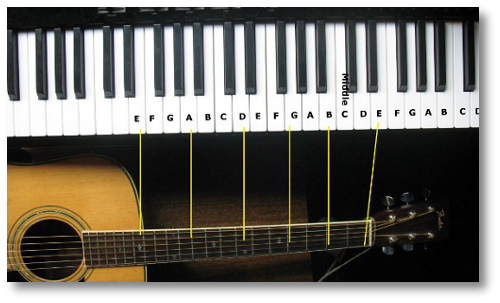
There are a number of different ways to tune a guitar. Some of the most common methods are explained below but first here are two helpful ideas to help in the tuning process.
First, tune your guitar in a quiet environment. You’re trying to pick up on subtle differences between two notes which is made much more difficult by background sounds and noises.
Second, when tuning a particular string, you want to start off flat or below the matching pitch and tune up to the matching pitch rather than starting sharp and tuning down. When tuning down to a pitch, there may be some tension in the string that will release once the string is strummed causing the note to go flat. This doesn’t occur when tuning up to a pitch.
Common Guitar Tuning Methods
Tuning With a Piano Or Keyboard
Of course this is only going to work if you have a piano or keyboard. Start by playing the 6th string open and then play the 2nd E below middle C on the piano as shown in the image above. Use the sustain pedal to allow the note on the piano to ring out while sounding the guitar. Turn the machine head belonging to the 6th string until the pitches match. Remember, you want to be starting flat and tuning up to E. This is a great exercise in ear training. Listen carefully to make the flutter disappear.
Tune the rest of the strings in the same way, matching the strings to the notes on the piano as shown in the picture.
Tuning with an Electronic Tuner
A simple way to tune a guitar is to use an electronic tuner. There are tons of great little inexpensive tuners plus you can download free guitar tuner apps to your phone. These tuners have a display screen which indicates the tuning of the note played and indicates if you are sharp or flat.
Make sure your tuner is on and start by picking the 6th string open and if out of tune adjust the tension on the string by turning the machine head so that the note is flat and then slowly tighten until indicators line up in the center.
Use the same procedure for the rest of the strings.
The only drawback of this simple method of guitar tuning is that you don’t get as much benefit of ear training. If you are going to use a tuner, make sure you learn how to tune by ear using one of the other methods as well.
Tuning The Guitar To Itself
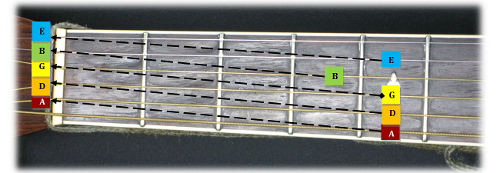
Look at the image above and you can see the relationships between adjacent strings. For example, you can see that if you played the 6th string 5th fret, that should match the 5th string played open which should be the note, A.
5th string 5th fret matches 4th string open, D.
4th string 5th fret matches 3rd string open, G.
3rd string 4th fret matches 2nd string open, B.
2nd string 5th fret matches 1st string open, E.
Using these relationships, you should be able to tune each of the strings to the next one.
Begin by putting your 1st finger on the 5th fret, 6th string.
Pick that note, and letting it ring, pick the 5th string open. These 2 notes should match. If they don’t, you will hear a dissonance, a wah-wah-wah type sound that speeds up as the pitches go further out of tune and that slow down and finally stop once the 2 pitches match.
You need to listen closely.
Using your right hand, turn the machine head for the 5th string so that the 5th string’s pitch is lower (flat) relative to the 6th string, 5th fret and then slowly tighten the machine head until the pitches match. You may have to sound the notes over a number of times until you get it right.
Then repeat the process with the 5th and 4th string and then with the 4th and 3rd strings.
Tuning the 2nd string to the 3rd string is a bit different. Here you put your finger on the 4th fret (not 5th) third string to match the 2nd string open.
For the 2nd and 1st strings, it’s back to the 5th fret.
Tuning The Guitar To Another Instrument
You can use any another instrument to get a starting pitch from and then tune the guitar to itself from that.
For example, you can use a harmonica to tune to. Blow 5 on a C harmonica is the note E and can be used to tune the 1st string. Once the first string is in tune, you can tune the rest of the guitar from that.
5 Pack Case of Hohner Special 20s
What do I like about the Special 20s?
Great Sound, Smooth Comb, Responsive to Bending - but not loose, Affordable. I play Special 20s more than any other model.
Hohner Harmonica Holder
The Hohner Harmonica Neck Holder fits harmonicas up to 7-1/2" long, has a nickel plated finish and fits any neck shape.
I have used a similar holder for over 25 years. This no-nonsense holder will work for you.
Martin Acoustic Guitar Strings
If it's been a while since you've changed your strings, you won't believe the difference in the sound. These are some excellent Martin strings. Need I say more? Totally affordable.


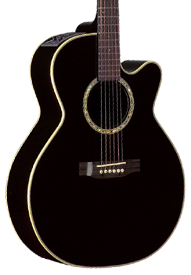

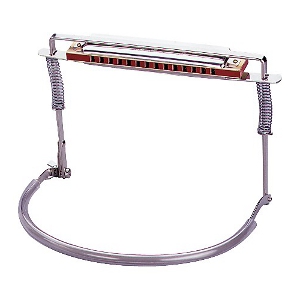

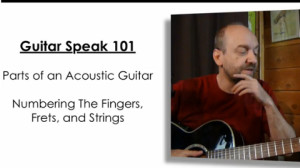
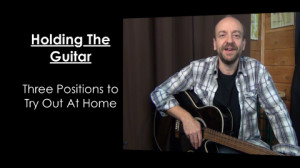
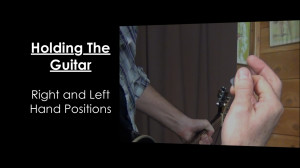
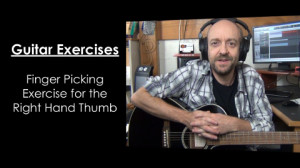

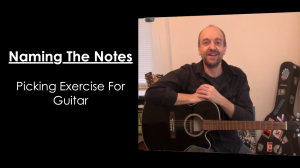
Leave a Reply